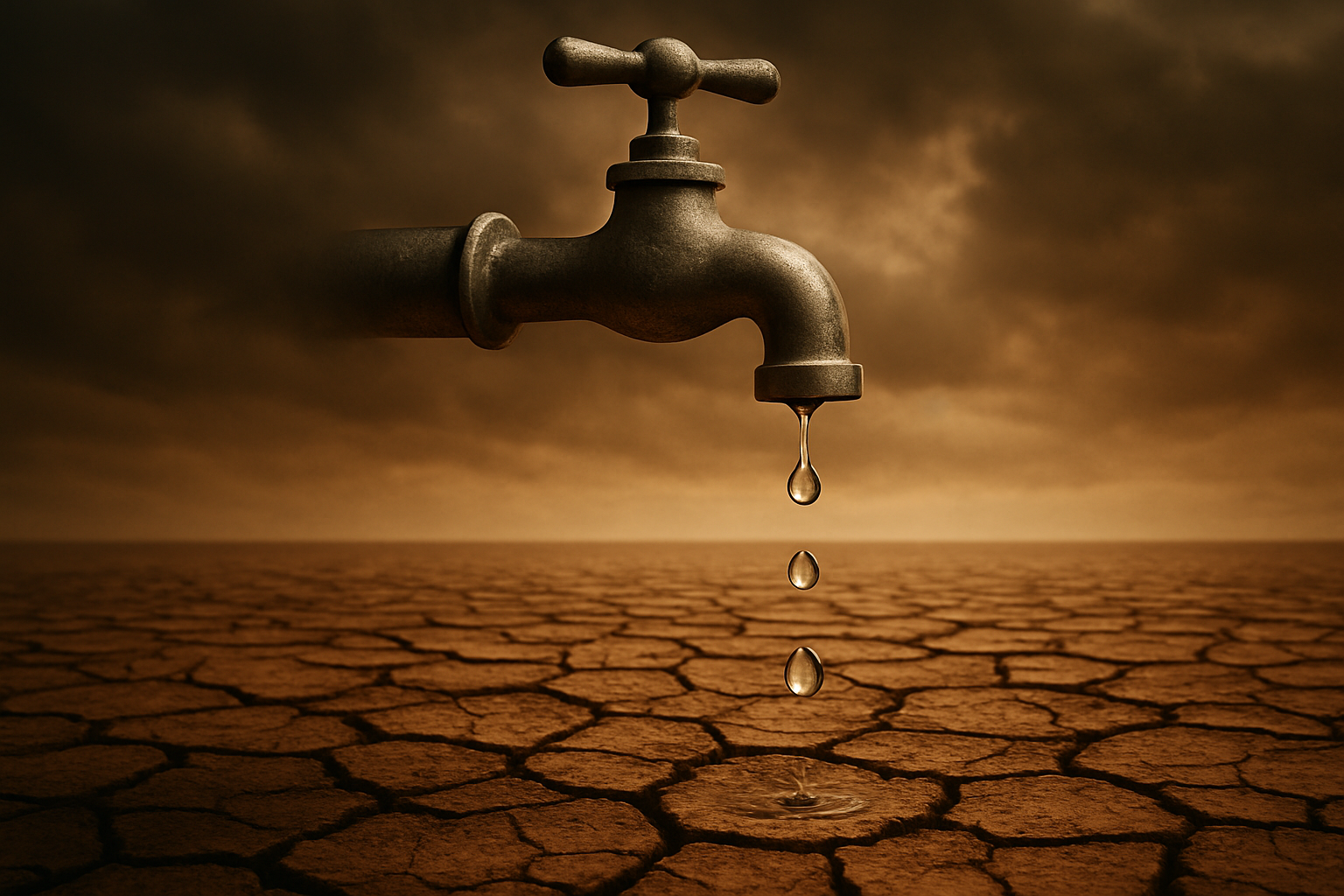
Because reducing water use goes beyond shorter showers.
When we think of saving water, we often picture turning off the tap or fixing a leak. And while those actions matter, there’s a much bigger picture to consider: your water footprint.
It’s the total amount of water used, directly and indirectly, to support your lifestyle. And some of the biggest water users? They don’t even come from your faucet.
What is a water footprint?
Your water footprint includes:
-
The water you use at home (drinking, washing, flushing)
-
The water it takes to grow your food
-
The water used to make your clothes, electronics, and packaging
-
The water consumed in production and transport of everything you buy
It's all the invisible water embedded in your daily habits.
Shocking examples of hidden water use
-
1 cotton t-shirt = 2,700 liters of water (enough for 30 showers)
-
1 beef burger = over 2,000 liters of water
-
1 cup of coffee = 140 liters (growing, processing, packaging)
-
1 pair of jeans = 7,500 liters (cotton farming + dyeing)
Small choices, big impact.
How to lower your water footprint
You don’t have to measure every drop, just shift your mindset:
✅ Eat with awareness
-
Choose more plant-based meals
-
Buy local, seasonal produce
-
Reduce food waste, every wasted bite = wasted water
✅ Shop less, choose better
-
Buy fewer clothes and wear them longer
-
Support quality over quantity
-
Embrace thrift, swaps, and slow fashion
✅ Use water wisely at home
-
Fix drips and leaks
-
Turn off taps when brushing or soaping
-
Collect rainwater for plants (if possible)
-
Use leftover cooking water to water plants
Every action leaves a ripple.
By choosing thoughtfully, you help protect one of our most precious resources, water.
It's not just about saving liters. It’s about reshaping habits, slowing down, and honoring the systems we depend on.
Less waste. Less thirst. More balance.
